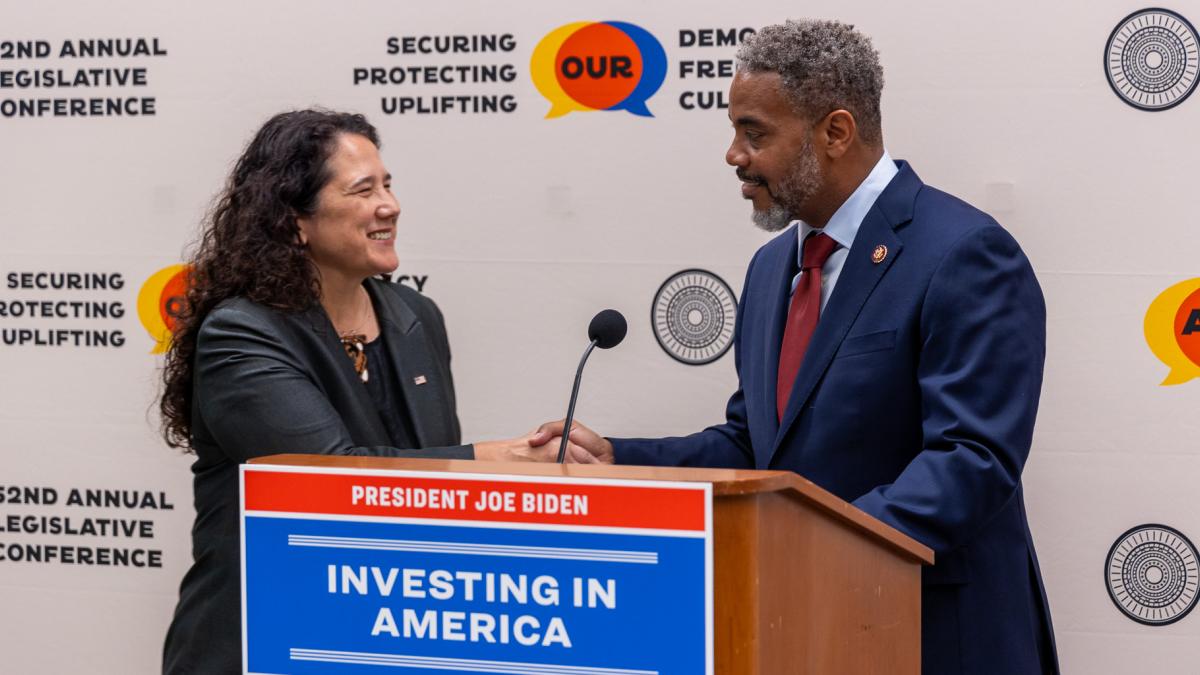In an alarming trend that underscores the dire state of quality journalism, the Financial Times has raised its subscription fees by a staggering 69%. This increase raises not only eyebrows but also critical questions about access to information in an era where journalism is increasingly essential for democracy. As reported by DemState, the significant price hike is a direct response to the financial pressures facing traditional media, yet it also risks alienating readers who rely on accurate reporting for informed decision-making.
Impact on Information Accessibility
The 69% increase in subscription fees places quality journalism further out of reach for many individuals and families already struggling with rising costs of living. According to a study exploring the value of quality journalism, access to expert analysis and factual reporting is crucial in countering the rampant misinformation that proliferates via social media platforms. This increase not only limits access for lower-income households but also deepens the existing socio-economic divide in information consumption.
Quality Journalism Under Siege
The Financial Times, known for its in-depth reporting and analysis, is now part of a troubling trend where newspapers are prioritizing profits over public service. The escalating costs associated with maintaining quality journalism—reporting staff salaries, investigative resources, and operational overhead—are becoming unsustainable under current revenue models. As reported by NewsHub, this alarming trend jeopardizes the very foundation of informed citizenship.
\n\n![[Decision 2024] Trump losing motor control? | ClutchFans](/api/image/articles/34f7a3e5-d1b3-4545-8399-4bf0e0d54b5e-journalism-protest-new-york.jpg)
[Decision 2024] Trump losing motor control? | ClutchFans
Consequences for Democracy
The reduction in accessible quality journalism has profound implications for democracy itself. When a significant portion of the population cannot afford to stay informed, the democratic process is compromised. Voter apathy and misinformation flourish in environments devoid of credible news sources. The consequences of this fee increase extend beyond the individual reader; they ripple through society, impacting civic engagement and the ability of citizens to hold power accountable.
Alternatives to Traditional Media
As traditional outlets like the Financial Times raise their prices, alternative media models are starting to emerge. Bundle subscription offerings from platforms such as the New York Times and Apple are gaining traction, allowing consumers to access a broader spectrum of content at competitive prices. The shift towards bundled subscriptions represents a significant change in how news is consumed, potentially offering a lifeline to those priced out of traditional media. However, this model also raises concerns about the sustainability of independent journalism, which often relies on more personalized subscriptions to survive.
\n\n
Economy | Congressman Steven Horsford
Call for Progressive Solutions
In light of these developments, it is essential for policymakers and advocates to explore progressive solutions that prioritize the public"s right to access quality journalism. This could mean implementing measures to subsidize subscriptions for low-income households or investing in community-based media initiatives that aim to provide localized, quality reporting. The current trajectory of escalating subscription costs is not just a media issue; it is an economic justice issue that demands urgent attention. As the media landscape continues to evolve, we must prioritize equitable access to information, ensuring that everyone, regardless of their financial situation, can access the truth.








